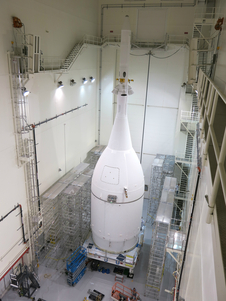
Orion spacecraft was completed Thursday, Oct 30, 2014 in the Launch Abort System Facility at NASA's Kennedy Space Center in Florida. A Lockheed Martin photo
WASHINGTON (BNS): NASA's new Orion space capsule, designed to ferry astronauts on deep space missions, has undergone final assembly and testing and is now ready for integration with the Delta IV rocket which will launch it on its first unmanned Exploration Flight Test (EFT-1) on December 4.
"An empty shell of a spacecraft arrived to Kennedy Space Centre two years ago, and now we have a fully assembled Orion standing 72 feet tall. We're ready to launch it into space and test every inch" said Michael Hawes Lockheed Martin Orion programme manager.
Lockheed is the prime contractor in the Orion multi-purpose crew vehicle development programme.
The final assembly stages of the spacecraft included installing Orion's Ogive panels, which protect the crew module from harsh acoustic and vibration environments during launch and ascent. Engineers also installed fasteners to secure the panels in place and covered them with a thermal protection coating.
Orion was then lifted by crane, rotated into the proper orientation for mating with the Delta IV Heavy launch vehicle, and placed onto the transport pallet.
The team then performed a fairing purge test, which verifies how much dry gas needs to be pumped into the space between the Ogive panels and the spacecraft. The dry gas ensures that when Orion is transported to the launch pad, it does not accumulate moisture, which could cause corrosion and contamination, Lockheed said.
After arriving at the launch pad, the spacecraft will be lifted 170 feet up and mated to the Delta IV Heavy. Over the next few weeks, the rocket and spacecraft will be integrated, powered up, and interfaces between the two will be verified in preparation for Exploration Flight Test-1 (EFT-1) on December 4.
During the test flight, the unmanned capsule will shoot more than 5,800 kilometers into space and take two big laps around Earth before re-entering the atmosphere at 32,000 kph and parachuting into the Pacific off the San Diego coast. The entire mission will last 4 hours.
The test flight will provide engineers with key data about systems critical to crew safety such as heat shield performance, separation events, avionics and software performance, attitude control and guidance, parachute deployment, and recovery operations to validate designs of the spacecraft before it begins carrying humans to new destinations in deep space.
The second Orion flight, however, will not occur until around 2018 when another unmanned capsule soars atop NASA's new megarocket, still under development, called the SLS for Space Launch System.
NASA intends to put astronauts aboard Orion in 2021 for deep space exploration; each capsule can accommodate up to four.
The plan is to use the space capsule for getting humans to asteroids and Mars.
 Previous Article
Previous Article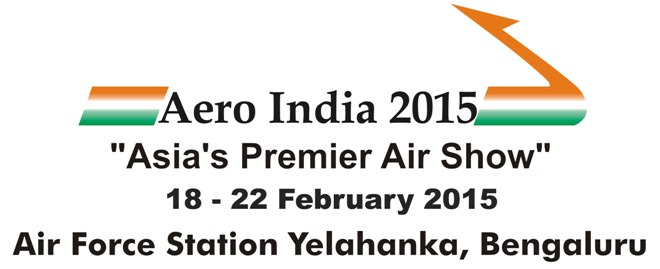 Next Article
Next Article





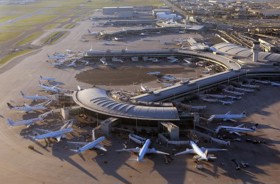

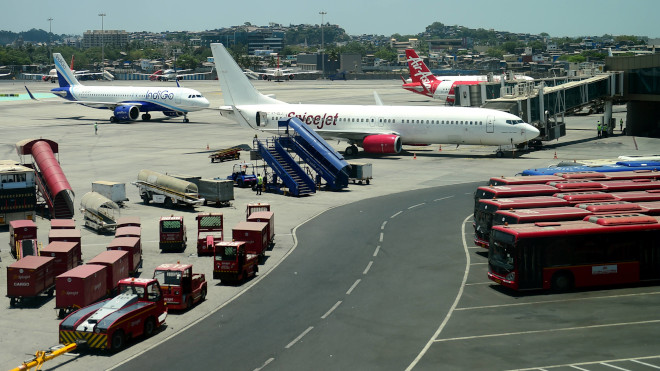
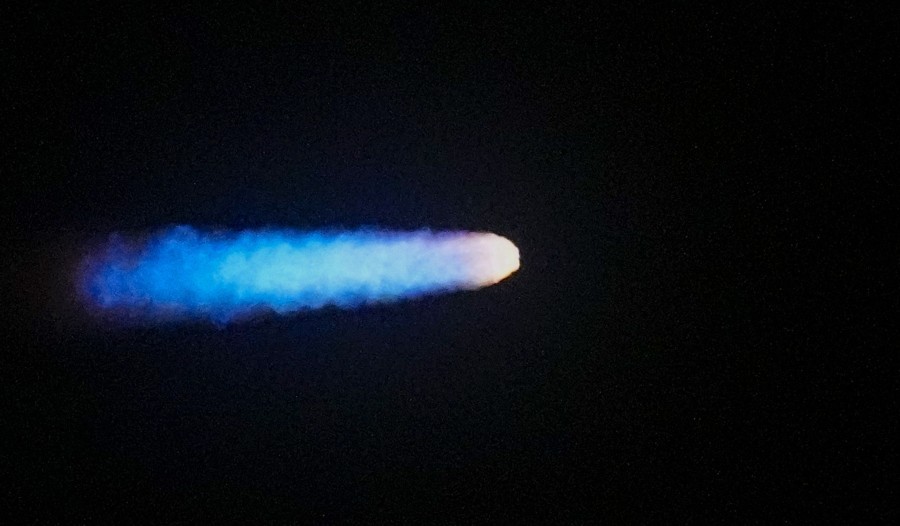





The Indian Air Force, in its flight trials evaluation report submitted before the Defence Ministry l..
view articleAn insight into the Medium Multi-Role Combat Aircraft competition...
view articleSky enthusiasts can now spot the International Space Station (ISS) commanded by Indian-American astr..
view article